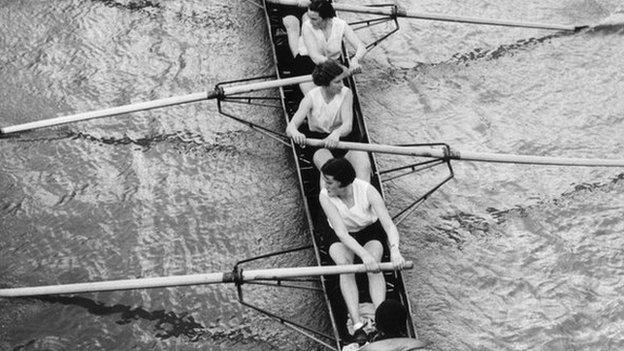Pat Moss: The racing legend's sister who beat the men
- Published
BBC Sport is paying tribute to pioneering women in sport in the run-up to International Women's Day on 8 March. Here, we remember Pat Moss, the world's leading female rally driver in the 1950s and '60s.
Sir Stirling Moss is not noted for his championing of female racing drivers. Women, says Formula 1 legend Moss, lack the balls - literally and metaphorically - to challenge the very best men, in any form of motorsport.
In his peacock pomp, Moss would blow kisses to women drivers as he lapped them. But mention his kid sister, Pat, and the grand old man of British racing driving adopts a more conciliatory stance. "What she managed to do was amazing, actually," says Moss.
What Pat managed to do was beat up men on the roads of Europe, at a time when some men thought it a miracle if a woman could parallel park. Try blowing a kiss to a woman while you're choking on her wheel dust.
"I don't think she bothered about the differences," the 85-year-old Moss, who won 16 grands prix, tells BBC Sport. "When the flag fell, she didn't just want to beat the girls, she was out to beat the men as well."
Pat Moss, who died in 2008 at the age of 73, was an international equestrian in her youth. But the ever-present reek of oil around the Moss household - her father competed in the Indianapolis 500 in 1924, her mother drove ambulances during World War One and also raced cars - eventually overwhelmed her.
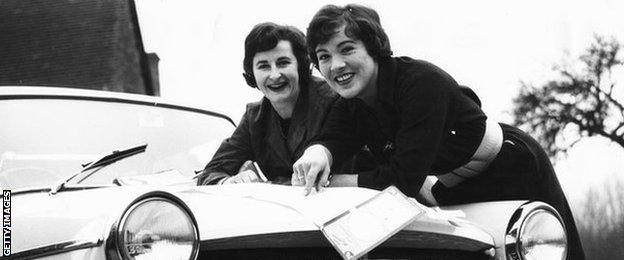
Ann Wisdom and Pat Moss won the gruelling Liege-Rome-Liege in an unwieldy Austin Healey in 1960
She started out racing a Morris Minor, external in national rallies before the British Motoring Corporation invited her to compete in more high-profile events. Having a woman on board was a useful marketing ploy - but Moss could shift as well.
In 1958, Moss piloted her Morris - nicknamed 'Granny' - to fourth in the RAC Rally, external and also finished fourth in the gruelling Liege-Rome-Liege,, external this time in an Austin Healey. Two years later, the 5ft 4in Moss won the Liege, a remarkable feat given the unwieldiness of her machine and the fact she had blocks of wood strapped to her pedals.
"She used to say, 'that damn Healey!'" says Sir Stirling. "'I gave it three years to kill me and it nearly did!' But she was strong, mentally and physically, and therefore she wouldn't give an inch, and wouldn't expect to be given an inch. After her win in the Liege, rallying people realised how fast she was, because they knew how hard that event was."
Sitting beside Pat, all the way from Belgium to Italy and back again, was her co-driver Ann Wisdom, who spent a lot of her time hanging halfway out of the car. "I would say to Pat, 'I'm going to be sick'," says Wisdom. "She would grab hold of me so I could open the door. It was a problem."
Wisdom's is a remarkable story of female emancipation in its own right. She was working as an office clerk when she pulled a week-long sickie to compete in a rally alongside Moss. A photograph of the two of them in a motorsport magazine was spotted by Wisdom's boss and she chose to swap typing and filing for a life of speed instead.
Female motorsport pioneers |
|---|
Michele Mouton (France, rallying): Finished second in the World Rally Championship in 1982, winning three times |
Danica Patrick (USA, Nascar): The only female winner of an IndyCar Series race, finished second in the 2009 Indianapolis 500 |
Helle Nice (France, grand prix): Competed in several grands prix in the 1930s, more than holding her own against the world's best men |
Maria Teresa de Filippis (Italy, Formula 1): The first woman to race in the Formula 1 World Championship, she entered five grands prix in 1958-59 |
Jutta Kleinschmidt (Germany, rallying): Became the first woman to win a stage of the Dakar Rally in 1997 and won it overall in 2001 |
Wisdom was one of the first co-drivers to be paid for her navigational skills. But nobody could accuse her of not earning her corn - when Wisdom won the 1962 Tulip Rally in the Netherlands, she was pregnant.
"We didn't know we'd won it [immediately] because it was calculated," says Wisdom. "Pat banged on my bedroom door and I jumped on my husband, who was asleep, and started shouting 'We've won! We've won!' He [woke up startled] and punched me. I ended up with two black eyes."
The pair's victory in the Tulip was the first success on the international stage for the soon-to-be iconic Mini Cooper. Moss described the Mini as "twitchy and unruly on the limit", probably not a description ever applied to Moss herself.
"They [men] probably did think it was strange at first," says Wisdom, "two women in a funny little car. But once they got used to Pat winning it wasn't strange at all, they expected her to beat them. Not many girls had the chance to drive for a works team and get paid. But there was no one as good as Pat, she was a brilliant driver."
Moss, who married Swedish rally driver Erik Carlsson in 1963, continued to mix it with the men throughout the 1960s, including winning the Sestriere Rally in 1968, and also won five European women's rally championships. But after the birth of her daughter, Suzy, in 1969, Moss's racing career tailed off and she went back to her horses.
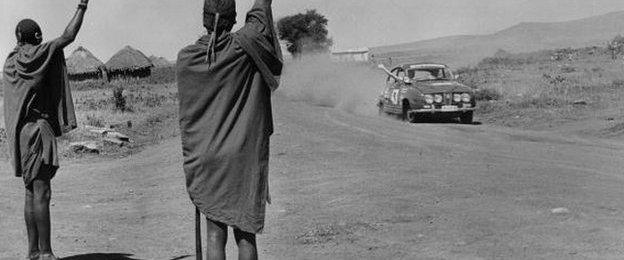
Pat Moss, shown here competing in the East African rally in 1966, raced all over the world
Despite all Moss's achievements behind a wheel, Wisdom is sceptical about the extent of her influence. "We didn't think of ourselves as pioneers at the time," says Wisdom, "we just went rallying. We left a bit of a legacy, but not much."
Only one woman has won a World Rally Championship race, France's Michele Mouton,, external who won three in 1982 and finished second overall that season. The last woman to enter an F1 grand prix was Italian Giovanna Amati, but she failed to qualify for three races during the 1992 season.
And while Sir Stirling is undeniably proud of his kid sister and the trail she blazed in a less enlightened era, he is adamant we will never witness a woman spraying champagne atop an F1 podium.
"Men can combat fear more easily and are better equipped mentally than women," says Sir Stirling. "You're not going to get women competing with the best men. There's a cut-off point where a woman just isn't equipped to do that, in the same way men aren't equipped to have babies."
What would Pat have said if she heard her big brother talking like that? "I think she'd have a lot to say, actually," says Sir Stirling. "I don't think she would accept it - she would always try to prove you wrong." Less a legacy, more a manifesto.
- Published2 March 2015
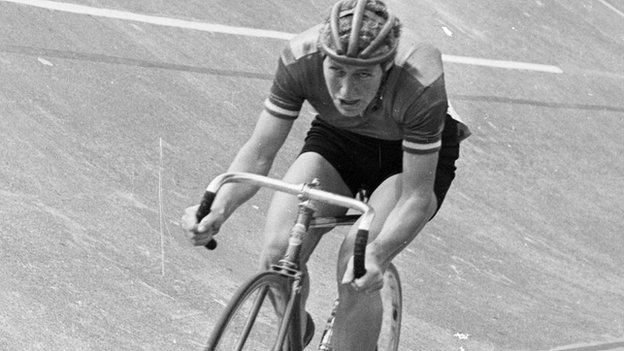
- Published4 March 2015
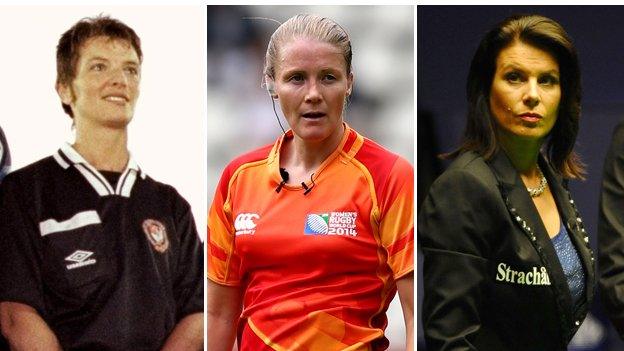
- Published28 February 2015
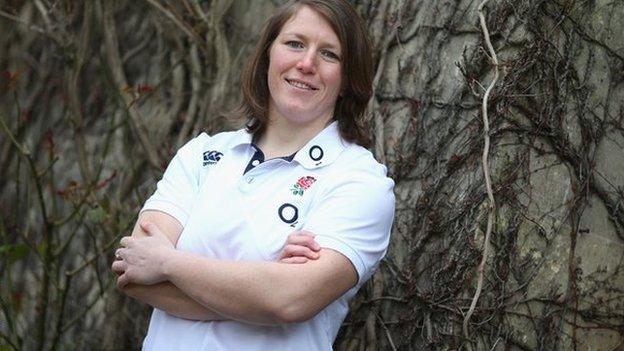
- Published3 March 2015
